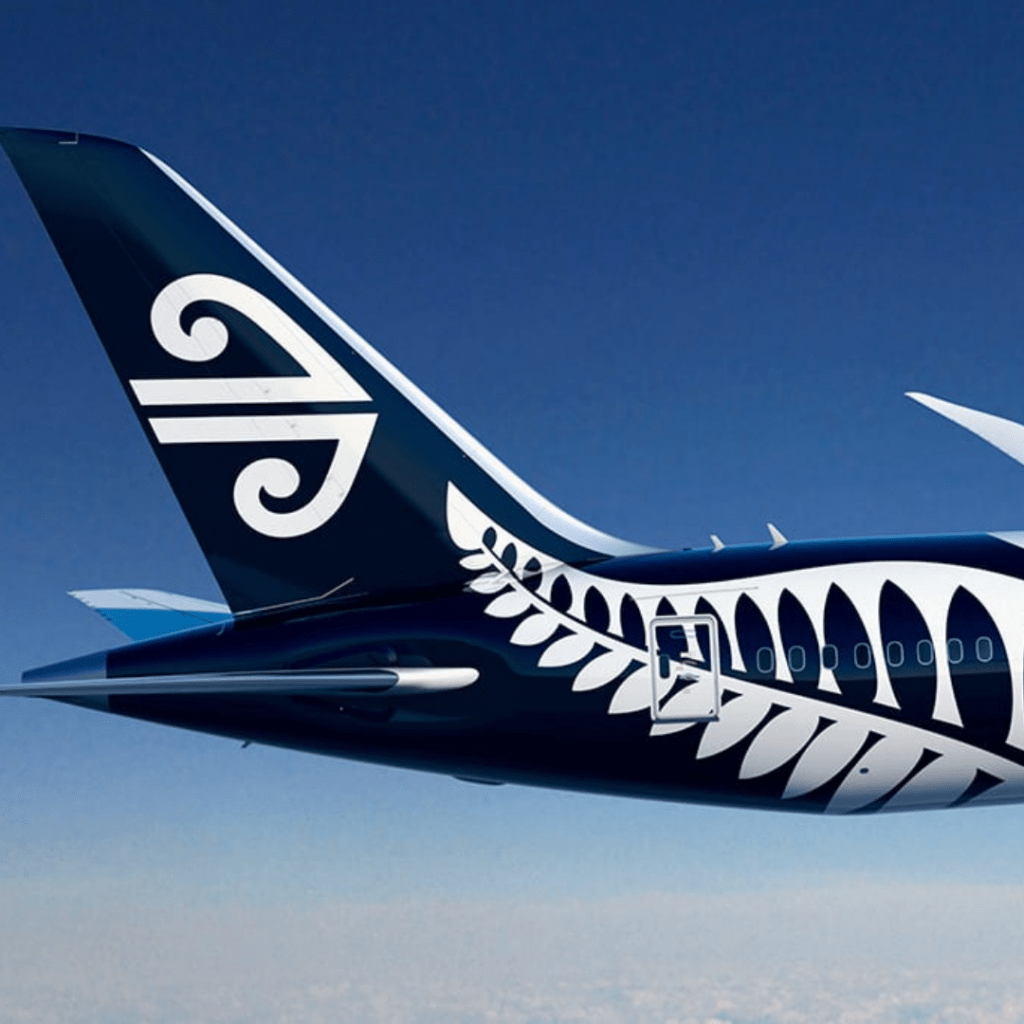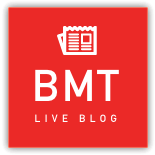
The NZ Airports Association is calling for the introduction of domestic airfare and airline performance monitoring to provide greater transparency for consumers, amid record high domestic airfares.
Chief Executive Billie Moore says: “This week’s data from Stats NZ shows domestic airfares were again adding to the cost of living crisis for Kiwis, increasing 7.4% in February compared to January 2024. Air New Zealand has upped its domestic airfares yet again, as well as increasing the cost of add-ons such as bag check by $10. It’s flagged that other costs, like checking in your pet, could also be in for a future price hike. This is incredibly difficult for domestic and regional travellers. They’re already frustrated about how much they’re having to pay to fly, as well as high cancellation rates for Air New Zealand in some regions.”
Air New Zealand hiked its average domestic network airfares by $51 to $200 per one-way airfare for the year ending September 2023, a 34% rise on the previous year. But some passengers will be forced to pay more than this. For example, a return airfare from Tauranga to Nelson this weekend can cost as much as $1,160 if you want to check a bag.
“Air New Zealand is busy blaming Auckland Airport for cost increases when it’s their own record-high domestic airfares and cost add-ons that are driving up the cost of domestic travel for consumers. Airport charges only make up a fraction of a ticket,” said Moore. “With 86% of market share, our domestic monopoly airline essentially dictates the price, routes and flight schedule available to regional New Zealanders. Things are likely to get even harder with Air New Zealand’s aircraft shortage and engine maintenance issues.”
New Zealand has the least competitive domestic aviation market in the world with Air New Zealand controlling 86% of the market. The second least competitive country is Bolivia where one airline holds 84%, followed by Turkey where one airline holds 69% of the market, followed by Argentina and Nepal with one airline in each country holding a 67% share.
“The Australian Government is shining a light on competition because it regards its airline market as highly concentrated, with the Qantas Group holding 61% of the domestic market – low compared to Air New Zealand’s share of ours,” said Moore. “Australia’s Competition Taskforce has found that fares reduce by 29% when a second airline is on a route. Prices reduce by a further 31% if there is a third airline operating. Consumers pay less than half of the monopoly price on a given route if three airlines are competing against one another. In New Zealand there has been no policy effort to create the conditions for greater market competition in air passenger transport. And unlike in Australia and other developed countries, there is no transparent airfare and market performance monitoring in New Zealand to support consumers paying a fair price. This kind of transparency is essential in monopoly conditions. The Government has the tools to take action. The legislative work is already done – the new Civil Aviation Act 2023 provides the Ministry of Transport with the information-gathering power to set up an independent airfare monitoring process. Let’s start now to ensure we have appropriate scrutiny on airline performance and pricing and consumers can see for themselves if they are getting a fair deal, now and in the future.”
Sourc Asian Aviation




